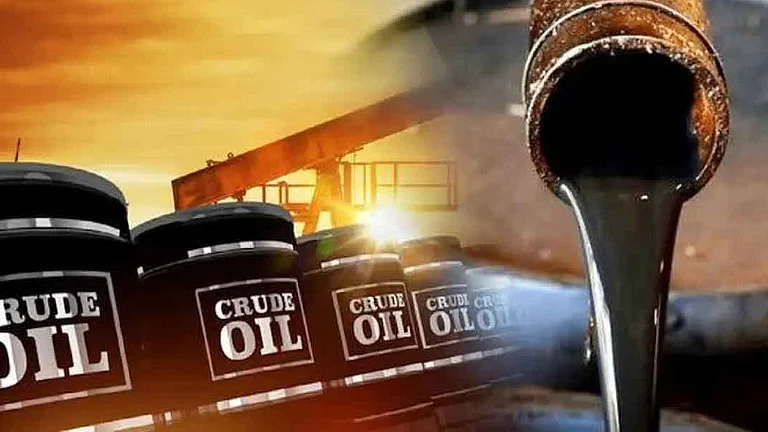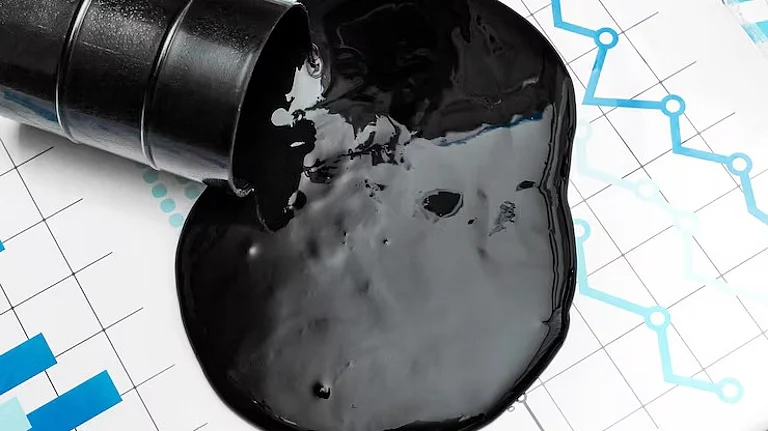Caught amidst a heap of negative news surrounding Trump’s tariffs on auto parts and sluggish demand in urban markets, paint and tyre manufacturing companies finally met with some positivity as crude prices broke below $60 per barrel.
Paint and tyre manufacturers stand to gain a major boost in their margins from the slump in oil prices as crude derivatives make up a majority of input costs for these players. Furthermore, if the downward pricing trends for crude oil persist, it could also improve price competitiveness for these crude derivatives dependent industries.
Crude oil prices have a significant impact on the decorative paint industry, which is highly dependent on raw materials, many of which are petroleum-based. Producing paint involves over 300 components, with raw materials making up 55–60% of total input costs, leaving gross margins particularly vulnerable to fluctuations in crude prices.
Brent crude is also a key raw material in tyre manufacturing, as it is used to produce synthetic rubber and other petrochemical products. When crude prices rise, raw material costs shoot up accordingly, pushing up production expenses for tyre manufacturers. Conversely, lower crude prices ease input costs, offering support to profit margins.
Oil prices have been on a downward spiral in the recent times. Pricing pressure on the commodity heightened last week amid fears of a supply glut after the OPEC+ decided to raise output despite demand disruptions emanating from the US-China trade war.
To that effect, shares of paint and tyre companies also reacted positively to the drop in crude prices. Shares of Asian Paints, Berger Paints, Akzo Nobel, Indigo Paints and Shalimar Paints notched up 1-2% while tyre players like Apollo Tyres, CEAT and Balkrishna Industries rose 1-3%.
Following the OPEC+’ decision, the global benchmark Brent toppled nearly 5% to around $58 per barrel while West Texas Intermediate hovered much lower near the $56 per barrel mark.
The decision by OPEC and its ally nations was taken at a meeting on Saturday, with the group’s leaders seeking to punish overproducing members including Kazakhstan in a strategy shift that had already sent prices plunging.
Strategists had already warned of downward pricing pressure on oil prices as early as last year, after Trump emerged victorious in the US Presidential elections. Since then, worries had spread like wildfire that his hardline tariff stance and protectionist US policies would trigger a dent in oil prices.
Analysts at CitiGroup had warned that crude prices may average around $60 per barrel through 2025 due to trade tariffs and boosted oil production. Morgan Stanley also lowered its Brent estimates for the remainder of the year, now expecting the benchmark to trade in the $60s during the second half of 2025.
As for India, a slump in crude prices is a net positive as the country imports the commodity to fulfill 85% of its domestic demand. Accordingly, every $1 drop in crude saves India roughly $1.6–$1.7-bn per year in import costs.































